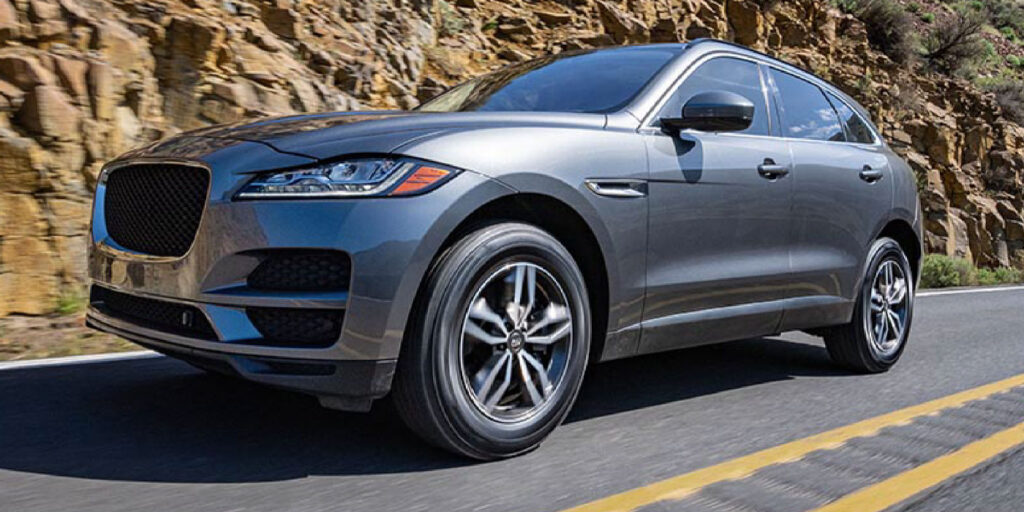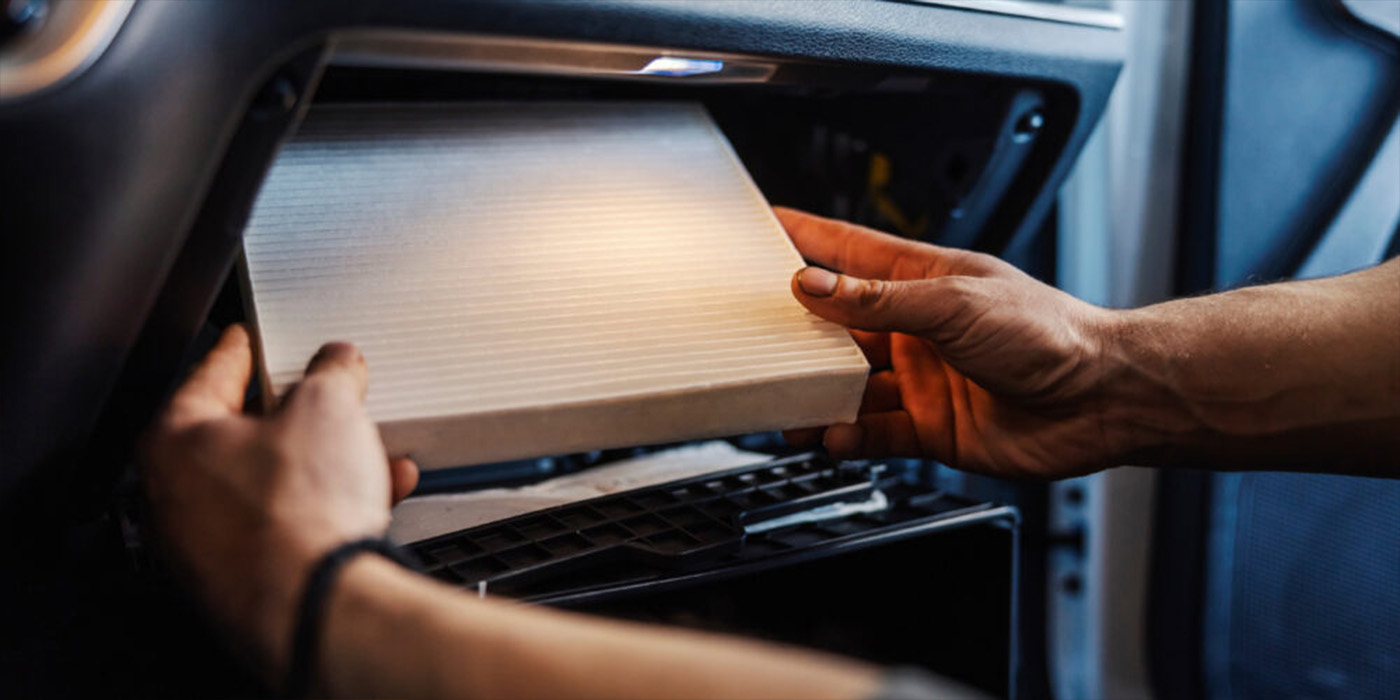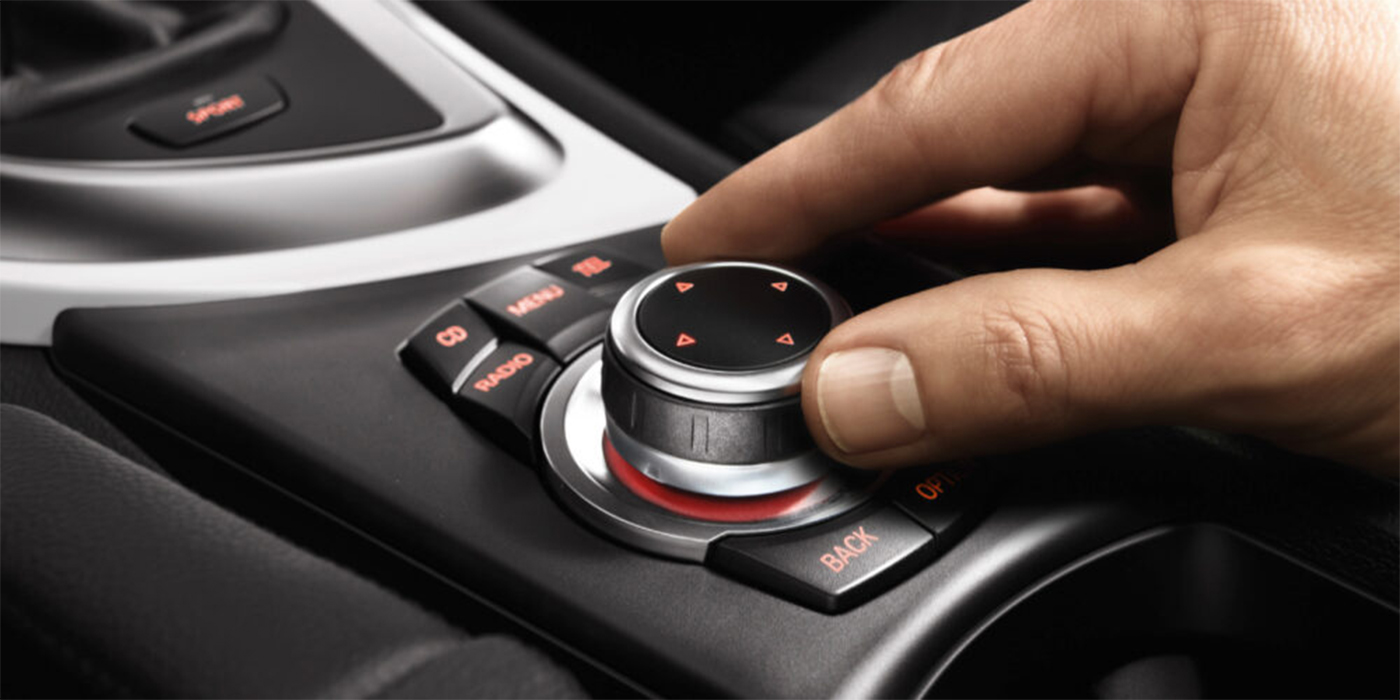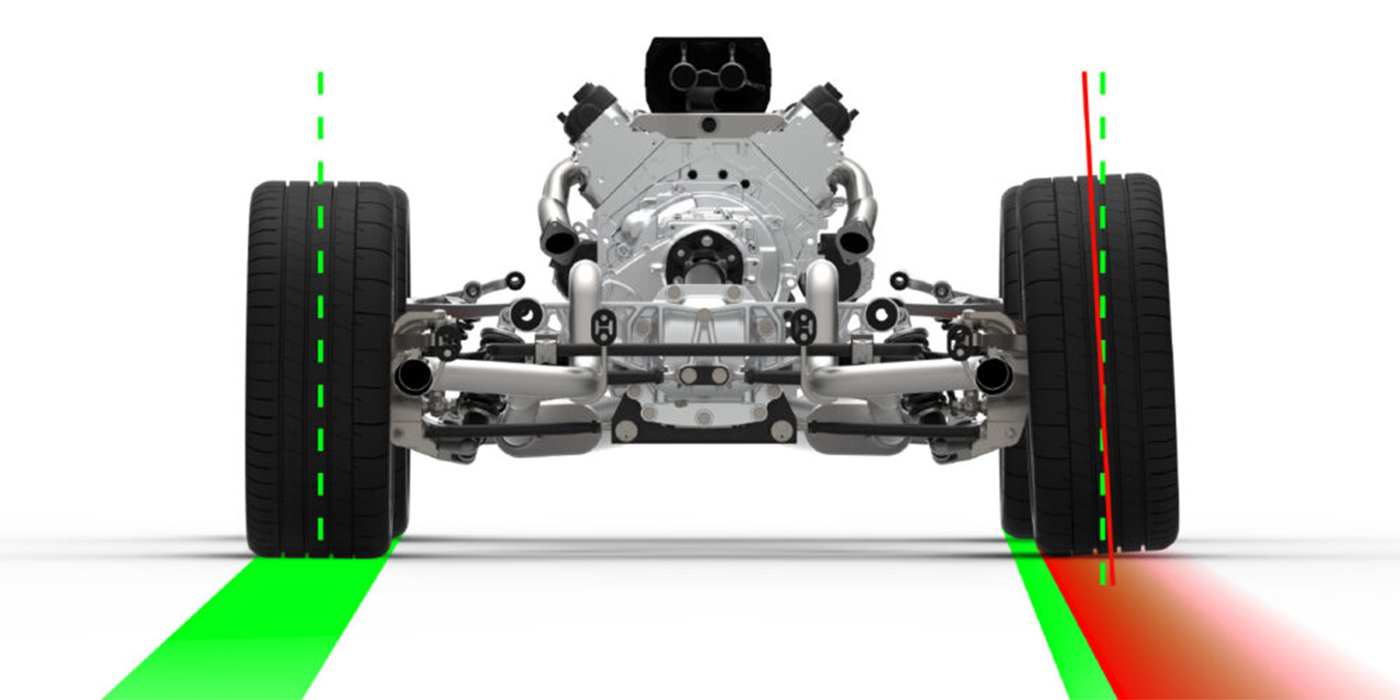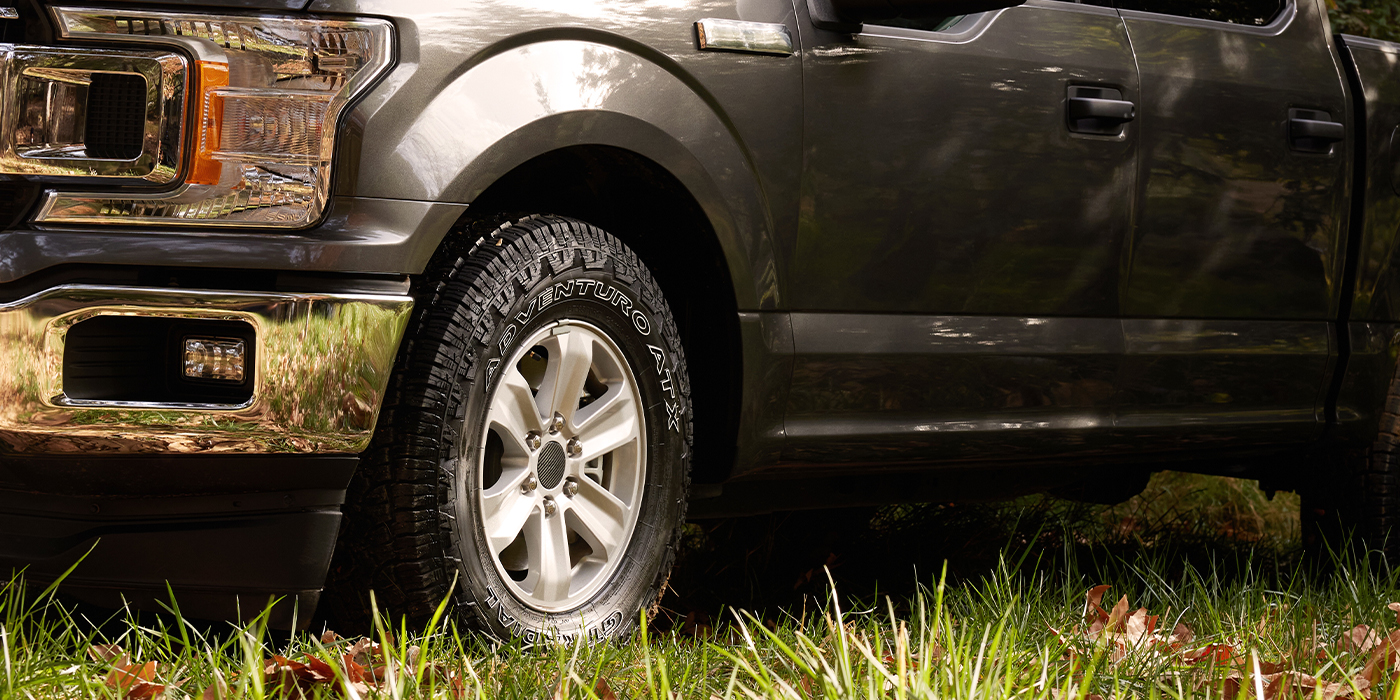While there have been – and will continue to be – changes in the touring tire market, the segment is holding steady and remains an important part of a tire dealer’s product mix.
The touring market, defined by Kenda Tires as metric or p-metric applications that apply to automotive platforms for both cars and CUVs, has evolved into two subsegments, according to Brandon Stotsenburg, vice president of Kenda’s automotive division.
“Standard touring tires typically are T- or H-rated products and are more price-sensitive for vehicles that are often in their third or fourth replacement cycle,” He says. “Grand touring tires typically are H-rated or higher, with enhanced mileage warranties and performance…for newer sedans or CUVs.”
Even with enhanced performance, touring applications do not require the attributes needed by a true UHP tire, including a stiffer sidewall, enhanced speed rating and tread package likely to enhance dry, wet and braking while sacrificing relative benefits of noise performance, ride and wear, Stotsenburg says.
“There have been many misconceptions in the past that touring tires are only for passenger cars, and that these tires are inexpensive and have low-inch sizes that perform well,” says JJ Park, vice president of marketing for Hankook Tire America Corp. “However, we have seen an increase in CUV vehicles and high-inch tires in the automotive market, which have evolved touring tires to begin requiring a more balanced performance. These trends have made touring tires an increasingly important segment to cover for vehicles up to SUVs.”
He adds that since touring tires have low series and high-inch sizes that fall under the ultra-high performance (UHP) segment, the trend of touring segments will change and evolve based on ride and comfort targeting premium and high-end brand vehicles.
In terms of overall volume, the touring segment has been steady over the last several years and bounced back from the COVID-19 pandemic in 2020, according to Ian McKenny, senior product manager for Bridgestone Americas.
“The U.S. Tire Manufacturers Association projects that the touring segment will ‘be steady to slightly declining’ in the next few years as we continue to see consumers shift toward CUVs, SUVs and pick-up trucks,” he says. “Even with this projection, the touring segment is and will continue to be the largest volume segment in the industry.”
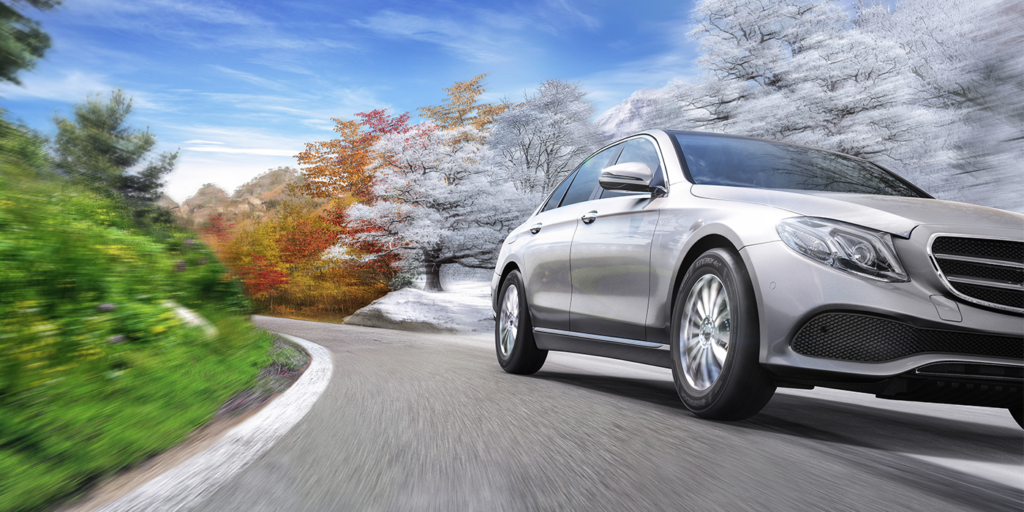
Tire Attributes & Performance
While touring tires make up the largest segment, they aren’t simply a catch-all for any vehicle from passenger cars to SUVs. Just as in other segments, these tires are designed and engineered to meet specific driver needs.
According to Stotsenburg, touring tires may be either symmetric or asymmetric, but will likely be a five-rib tire depending on size.
“A well-designed grand touring tire will provide a tread package that will balance the need for good handling and braking with very good noise and ride,” he says. “The compound will often be enhanced with silica while also meeting the higher mileage expectations. The mechanical elements of the tread design will work to provide the most important benefits with a look that will enhance the vehicle for the end-user.”
Jason Yard, marketing director for Nexen Tire America, says that touring tires should deliver all-season capabilities, at least in wet weather.
“Longevity is expected more than in other segments, and great grip for peace of mind while cornering,” he adds. “It generally comes down to the rubber compound and tread patterns. They work together to provide grip in wet, dry and snow, all while lasting a long time and being quiet and comfortable on the road.”
While tire performance generally is a trade-off – meaning when one performance metric improves, another deteriorates – in the touring segment, balancing all performance metrics is important, according to Park.
“Making the most balanced tire by combining the technologies of all parts, including compound, structure and tread design, is key to making a touring tire that is competitive and unique in this segment,” he says.
“Because the touring segment is the largest volume segment in the industry, its tires need to appeal to several types of consumers,” McKenny says. “Safety is priority number one for most consumers, and the industry has delivered a large array of touring tires with safety features and benefits. Consumers also prioritize tread life and durability. Regionally, winter capability is very important as it merges the necessity of safety with discernable performance differentiation in products.”
One trend affecting tire performance is the increasing need for touring tires to meet the demands of the projected growth of the electric vehicle (EV) segment, according to Stotsenburg.
“There will be an increasing percentage of vehicles that will benefit from optimized rolling resistance, low noise, enhanced ride and improved wear while (requiring a tire that meets) the vehicle’s needs for the torque associated with EV,” he explains. “Growing considerations for touring tires are the need to improve rolling resistance for fuel economy improvements. As there are an increasing number of hybrid, plug-in hybrid and EV vehicles, this will continue to escalate in importance.”
Balancing Customer Needs
With a wide range of offerings comes the challenge of determining the best touring tire option for your customers.
While there are many types of touring tires, including those aimed toward premium vehicles and tires offering higher mileage, it’s most important to understand consumers’ driving habits, road conditions, average mileage, and their budget when in the market for touring tires, according to Park.
“Confirm the vehicle needs and driving habits; understand on-road, off-road, winter – if needed – and specific concerns for wet handling or noise,” says Stotsenburg. “Does the consumer have specific concerns about wear, wet performance, braking, noise and ride? Are there aesthetic concerns that they want to match to their ‘style?’ Finally, do they want a premium, branded product, a value product that provides similar performance at a lower price, or just a price-driven product?”
Yard says that most manufacturers, Nexen included, offer a good, better and best in this category. Tire dealers don’t always need to stock all three, but offering more than one choice based on your customers’ needs and price points will help make the sale.
“Since there is a great deal of competition in the touring tire segment, dealers should consider which touring lines provide the level of vehicle coverage they are looking for,” says McKenny. “For example, it would be more efficient to stock one tire line that has excellent size and speed rating coverage instead of multiple tire lines.”
He adds that, as wear life improves, proper tire rotation and maintenance will be key to maintaining higher wear warranties. Dealers should think about how to efficiently service these customers and make considerations for the types of tires they are stocking.
“For instance, a directional tire may require a dismount and remount to rotate, while a non-directional tire can be rotated much more efficiently,” McKenny says. “Depending on the dealer’s location, they also may want to consider carrying a three-peak mountain snowflake (3PMSF) rated touring tire. These product lines have demonstrated they can provide excellent winter performance without sacrificing in other areas that are important for touring tires like ride, wear and wet weather.”
When it comes to the touring tire segment, dealers who are diligent in keeping up with trends and ever-changing performance needs are more likely to see success.
Touring Tire Options
The manufacturers that provided information for this article recommended the following tire options in this segment:
- Bridgestone – Bridgestone WeatherPeak, Bridgestone Turanza QuietTrack, Firestone All Season, Firestone WeatherGrip
- Hankook – Kinergy GT, Kinergy PT
- Kenda – Klever S/T KR52, Vezda Touring A/S KR205, Kenetica Touring A/S KR217
- Nexen – N’Priz AH8
This article was orignially published in Tire Review.

